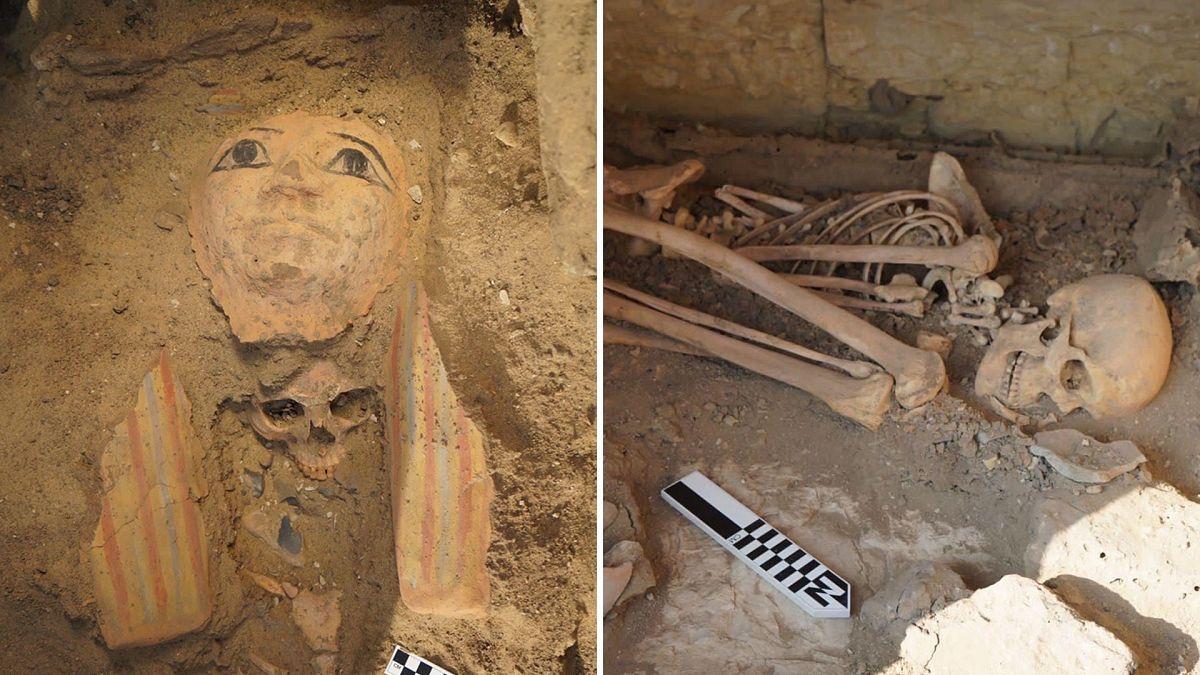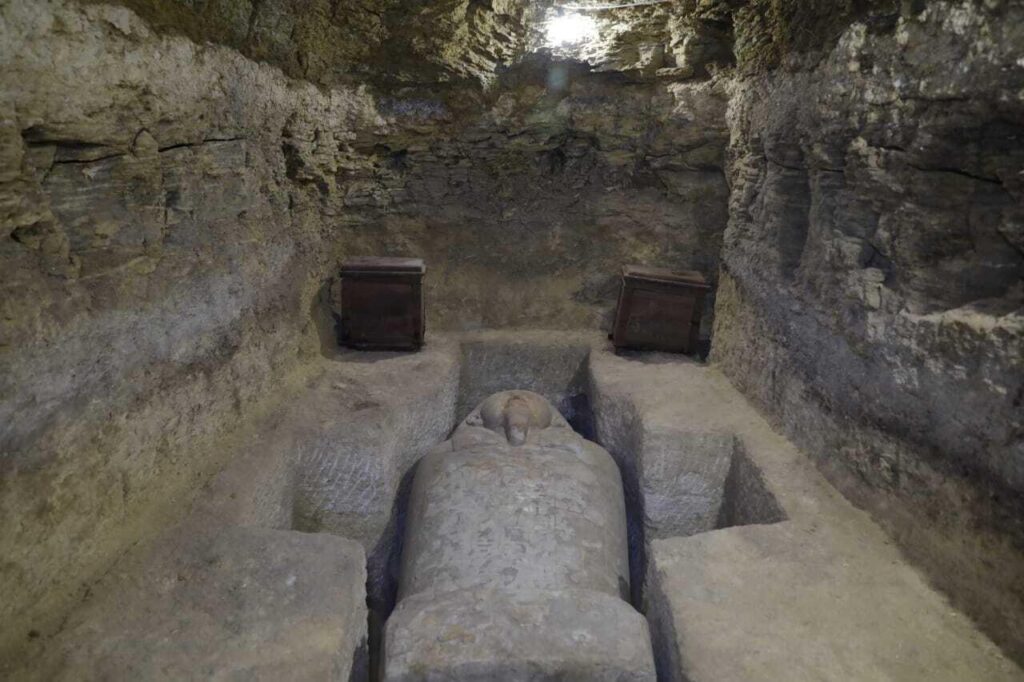In the silent depths of an ancient landscape, where whispers of forgotten civilizations linger like dust, archaeologists have unearthed a remarkable portal to humanity’s distant past. A tomb, weathered by five millennia of earth’s breath, now stands as a potential key to unlocking the mysteries of a prehistoric kingdom long obscured by time’s relentless veil. With each carefully brushed layer of soil, researchers edge closer to understanding the intricate societies that thrived before recorded history, transforming stone and bone into narratives of human resilience and complexity. In the rugged landscape of northeastern Syria, a groundbreaking archaeological discovery has emerged, promising to unravel the mysteries of a long-forgotten civilization. Excavation teams have unearthed an extraordinary burial complex dating back approximately 5,000 years, offering tantalizing glimpses into the social structures and cultural practices of a prehistoric society.
The tomb, nestled within an expansive archaeological site near the ancient city of Tell Brak, represents more than just a burial chamber. Researchers believe it could be a critical gateway to understanding the complex hierarchies and potential political organizations of an early Bronze Age kingdom.
Meticulously preserved artifacts surrounding the burial site suggest remarkable sophistication. Intricate ceramic vessels, delicately crafted bronze tools, and ornate jewelry indicate a society with advanced craftsmanship and established trade networks. Each artifact tells a silent story of human innovation and cultural complexity.
Preliminary analysis reveals the tomb potentially belonged to a high-status individual, possibly a regional leader or influential religious figure. The elaborate construction techniques and surrounding burial rituals hint at a structured societal framework more advanced than previously understood for this historical period.
Radiocarbon dating and advanced imaging technologies have allowed researchers to reconstruct the tomb’s historical context with unprecedented precision. The site’s strategic location along ancient trade routes provides compelling evidence of significant human settlement and potential economic interactions.
Experts are particularly intrigued by the tomb’s architectural design, which demonstrates sophisticated understanding of construction techniques. The carefully arranged stone structures and precise alignment suggest a level of mathematical and engineering knowledge that challenges existing perceptions about prehistoric technological capabilities.
The discovery challenges traditional narratives about early civilizations in the region. These findings indicate that sophisticated social organizations existed much earlier than conventional archaeological wisdom suggested, potentially rewriting understanding of human cultural development in the Mesopotamian region.
Furthermore, the tomb’s contents reveal complex burial practices that offer insights into spiritual beliefs and social hierarchies. Ritualistic objects and carefully positioned human remains suggest intricate ceremonial traditions surrounding death and potential afterlife beliefs.
International archaeological teams are collaborating to conduct comprehensive studies, hoping to extract maximum information from this remarkable site. Advanced molecular analysis, ceramic composition studies, and genetic research will provide deeper understanding of the individuals and society represented by this extraordinary archaeological treasure.
As research continues, this remarkable tomb stands as a testament to human ingenuity, resilience, and the complex social structures that emerged thousands of years ago in this historically rich region.

